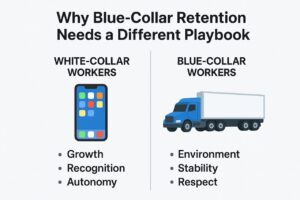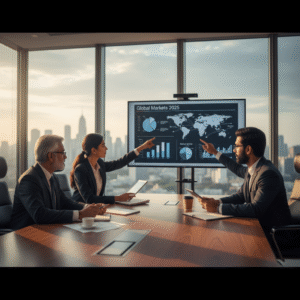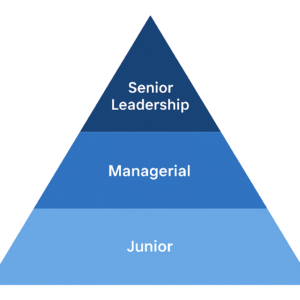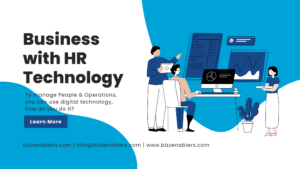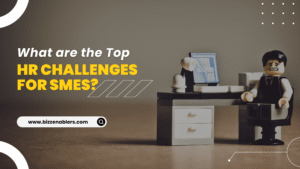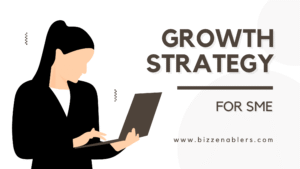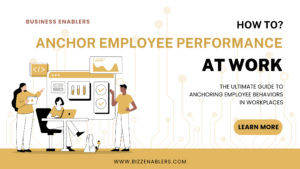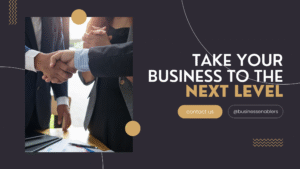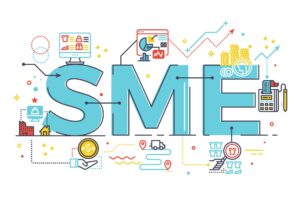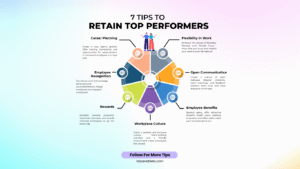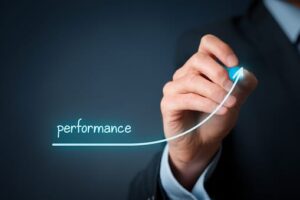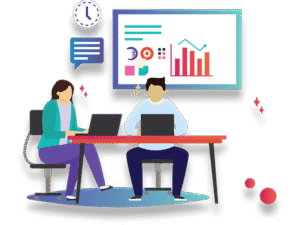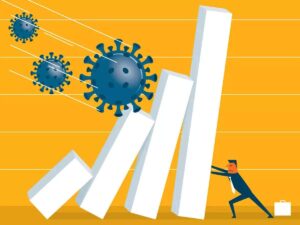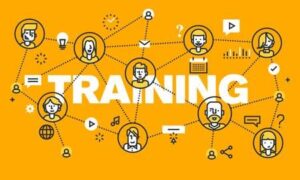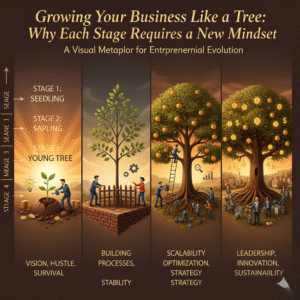
In today’s dynamic and often unpredictable business landscape, the concept of
“future-proofing” is no longer a luxury but a fundamental necessity for Small and Medium Enterprises (SMEs). For businesses in Bengaluru and across India, navigating rapid technological advancements, evolving consumer behaviors, economic fluctuations, and
increasing sustainability demands can feel like a high-stakes tightrope walk. Yet, it’s precisely these challenges that present the greatest opportunities for sustainable, long-term growth.
Future-proofing your SME isn’t about predicting the exact future; it’s about building a robust,
agile, and adaptable organization that can not only withstand unforeseen shocks but also
proactively identify and capitalize on emerging trends. It’s about shifting from a reactive
stance to a proactive one, ensuring your business thrives today while laying a strong
foundation for tomorrow.
Why Future-Proofing Matters More Than Ever for SMEs
Let’s delve into the compelling reasons why every SME leader needs to prioritize
futureproofing:
● Accelerated Pace of Change: The rate at which technology, markets, and consumer
preferences evolve is unprecedented. What was cutting-edge yesterday can be obsolete
tomorrow. SMEs must be equipped to adapt swiftly.
● Intensified Competition: Digitalization has lowered barriers to entry, meaning SMEs face competition not just locally, but globally. Standing still is effectively moving backward.
● Economic Volatility: Geopolitical events, supply chain disruptions, and inflationary pressures can significantly impact an SME’s bottom line. Resilience is key to weathering these storms.
● Talent Scarcity: Attracting and retaining skilled talent, especially in tech-driven sectors, is a constant challenge. Future-proofed SMEs offer more than just a job; they offer growth and purpose.
● Evolving Consumer Expectations: Today’s customers are more informed, demand personalized experiences, and increasingly prioritize brands with ethical and sustainable practices.
● Sustainability and Regulatory Pressures: Environmental, Social, and Governance (ESG)
factors are moving from niche considerations to mainstream requirements, influencing
investment, partnerships, and customer loyalty.
Ignoring these forces is akin to steering a ship blindfolded into a storm. To ensure sustainable
growth, SMEs must intentionally build future-proof strategies into their core operations.
The Pillars of Future-Proofing: Strategies for Sustainable Growth
At Bizzenablers, we believe future-proofing is built on several interconnected strategic pillars. Integrating these into your business model will not only drive current growth but also secure
your relevance for years to come.
1. Embrace Digital Transformation with Purpose
Digitalization is not an option; it’s the bedrock of modern business. For SMEs, this means
strategically leveraging technology to enhance efficiency, reach customers, and make
data-driven decisions.
● Cloud Adoption: Move your operations to the cloud for scalability, accessibility,
cost-efficiency, and robust data backup. From CRM and ERP to project management
tools, cloud solutions are transformative.
● Automation of Repetitive Tasks: Identify areas where AI and automation can streamline
workflows, reduce manual errors, and free up your team for higher-value activities (e.g., automated customer support, inventory management, marketing campaigns).
● Data Analytics and Business Intelligence: Implement systems to collect, analyze, and interpret data from every customer interaction, sales trend, and operational process. Use
these insights to understand market shifts, customer behavior, and operational
bottlenecks. This informs smarter strategic decisions.
● Cybersecurity as a Non-Negotiable: As you digitize, your vulnerability increases. Invest in robust cybersecurity measures to protect your data, intellectual property, and
customer information from evolving threats.
2. Cultivate a Culture of Innovation and Agility
Sustainable growth comes from the ability to adapt and innovate continuously, not just occasionally.
● Foster a “Test and Learn” Mindset: Encourage experimentation. Not every idea will succeed, but the ability to quickly prototype, test, and iterate is crucial. Create a safe space for controlled failure.
● Cross-Functional Collaboration: Break down silos. Encourage teams from different departments to work together on problem-solving and new initiatives. Diverse
perspectives lead to better solutions.
● Strategic Foresight: Regularly scan the horizon for emerging technologies, market
shifts, and socio-economic trends. Don’t just react; anticipate. Participate in industry forums, read widely, and network.
● Customer Feedback Loop: Establish robust channels for collecting and acting on customer feedback. Your customers are a rich source of insights for product/service innovation and improvement.
3. Prioritize Talent Development and Workforce Resilience
Your people are your most valuable asset. Investing in them is investing in your future.
● Skills Gap Analysis and Upskilling: Proactively identify the skills needed for future roles within your company and invest in training and development programs to bridge existing
gaps. This includes digital literacy, data analysis, and soft skills like adaptability and
critical thinking.
● Culture of Continuous Learning: Encourage employees to embrace lifelong learning. Provide access to online courses, workshops, and mentorship opportunities.
● Employee Engagement and Well-being: A future-proof workforce is a motivated and healthy one. Prioritize employee well-being, foster an inclusive culture, and provide
opportunities for growth and recognition. High engagement reduces turnover and boosts
productivity.
● Embrace Flexible Work Models: Adapt to evolving work preferences. Offering remote or hybrid work options, where feasible, can broaden your talent pool and increase employee satisfaction.
● Succession Planning: Identify and nurture future leaders within your organization. This
ensures continuity and prepares your business for leadership transitions.
4. Build Resilient Supply Chains and Operations
Recent global events have highlighted the fragility of traditional supply chains. Future-proofed SMEs build resilience.
● Diversify Suppliers: Reduce dependence on a single supplier or region. Having alternative sources for critical inputs minimizes disruption risk.
● Local Sourcing (where feasible): Consider localizing parts of your supply chain to
reduce lead times, transportation costs, and vulnerability to global disruptions.
● Inventory Management Optimization: Leverage technology to optimize inventory levels, avoiding both stockouts and excessive carrying costs.
● Contingency Planning: Develop detailed plans for how your business will respond to
potential disruptions, whether it’s a natural disaster, a cybersecurity attack, or an
economic downturn.
5. Integrate Sustainability and ESG Principles
Sustainable practices are no longer just “good to have”; they are becoming a competitive advantage.
● Environmental Stewardship: Implement practices to reduce your environmental footprint, such as energy efficiency, waste reduction, and responsible sourcing.
● Social Impact: Ensure fair labor practices, invest in community initiatives, promote diversity and inclusion within your workforce, and maintain ethical relationships with all
stakeholders.
● Transparent Governance: Uphold high standards of corporate governance, including
ethical decision-making, transparency, and accountability.
● Communicate Your Values: Authentically communicate your commitment to ESG. This
resonates with conscious consumers, attracts values-driven talent, and can unlock new partnership opportunities.

